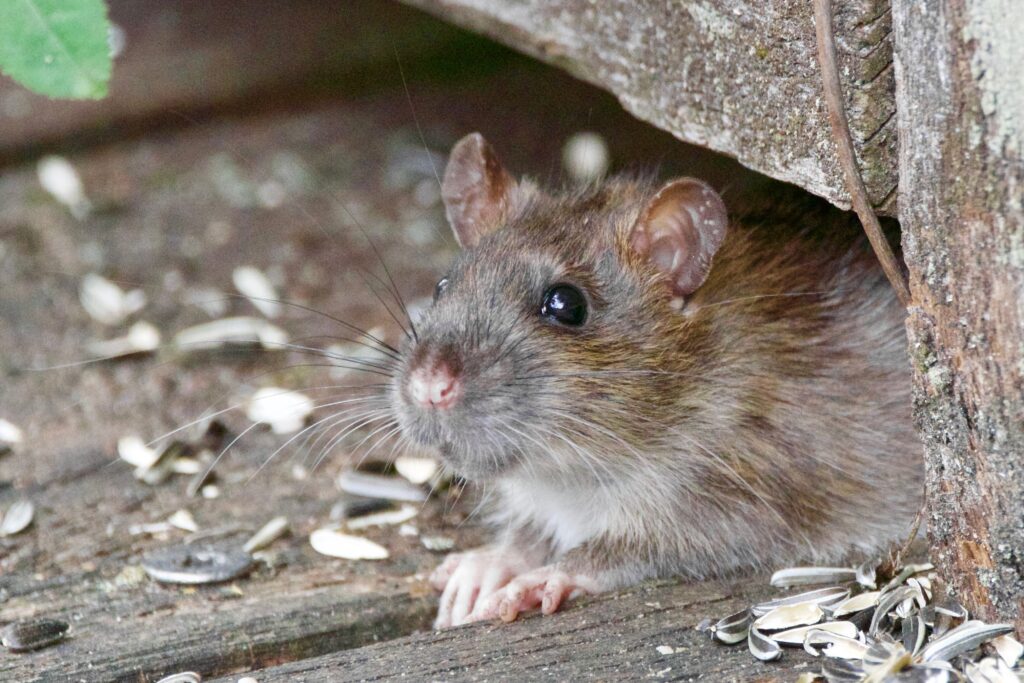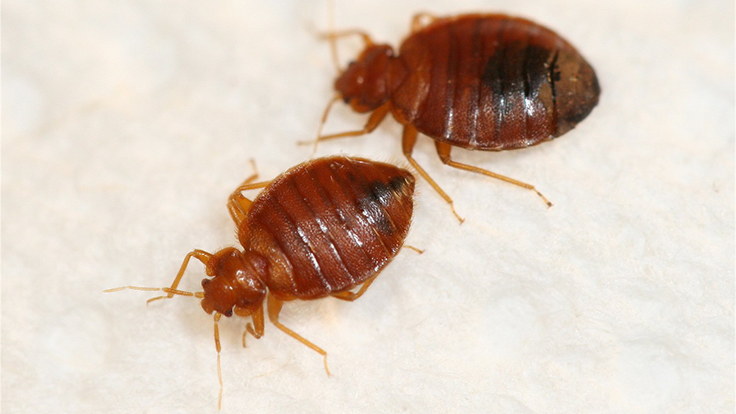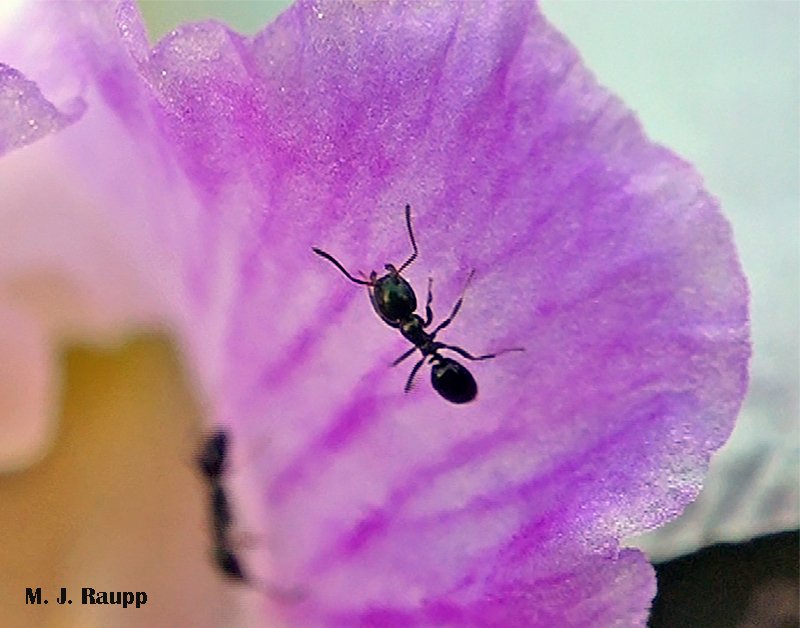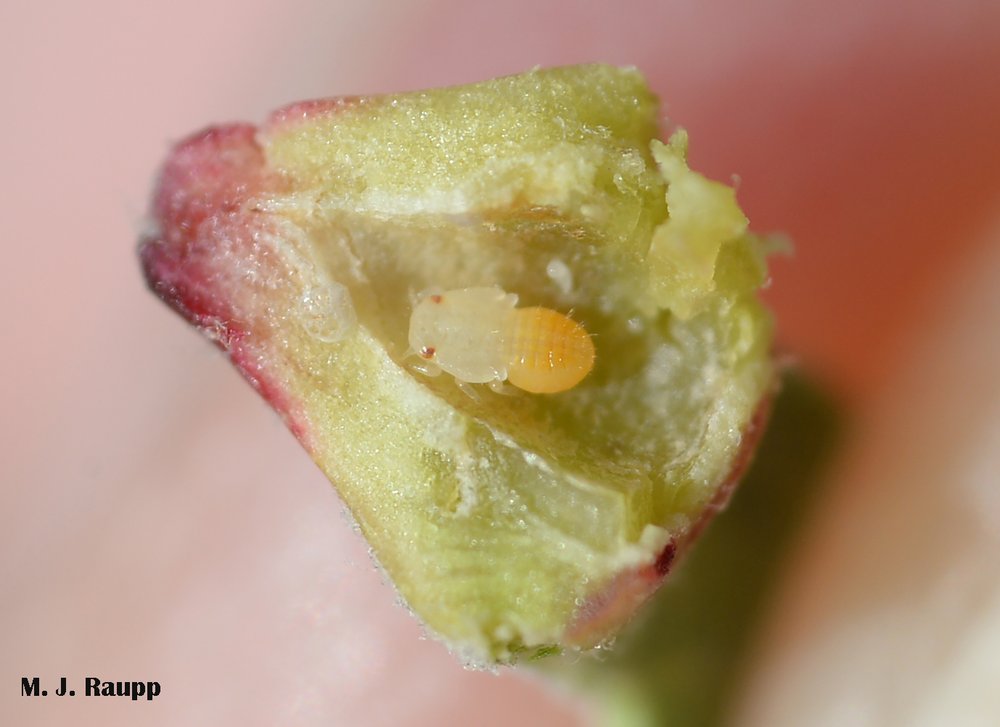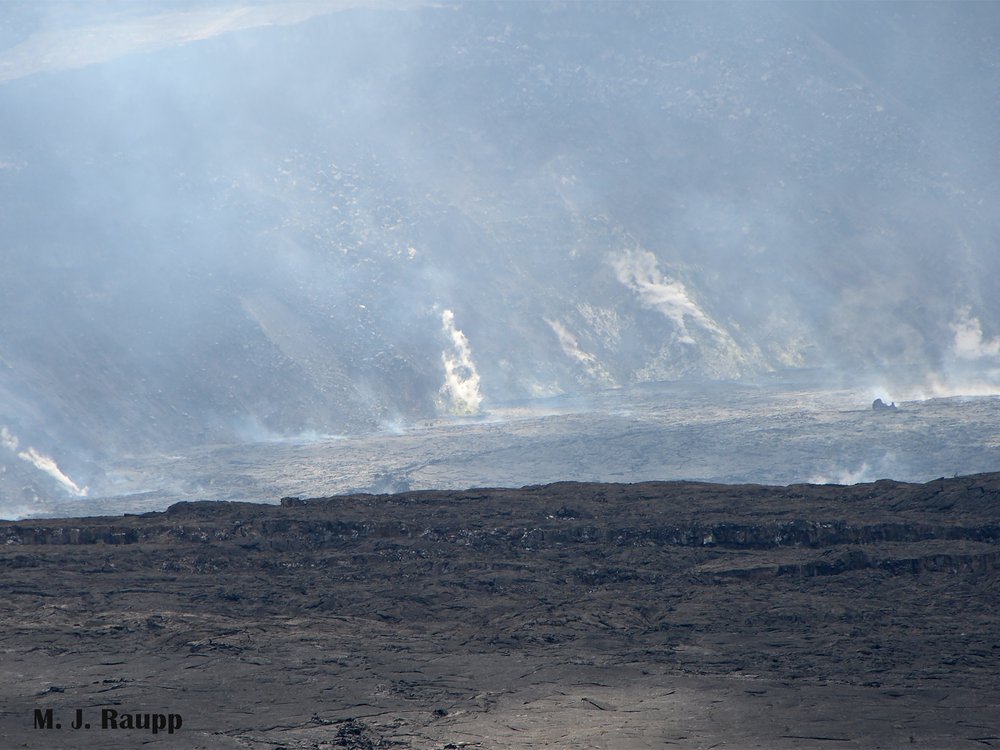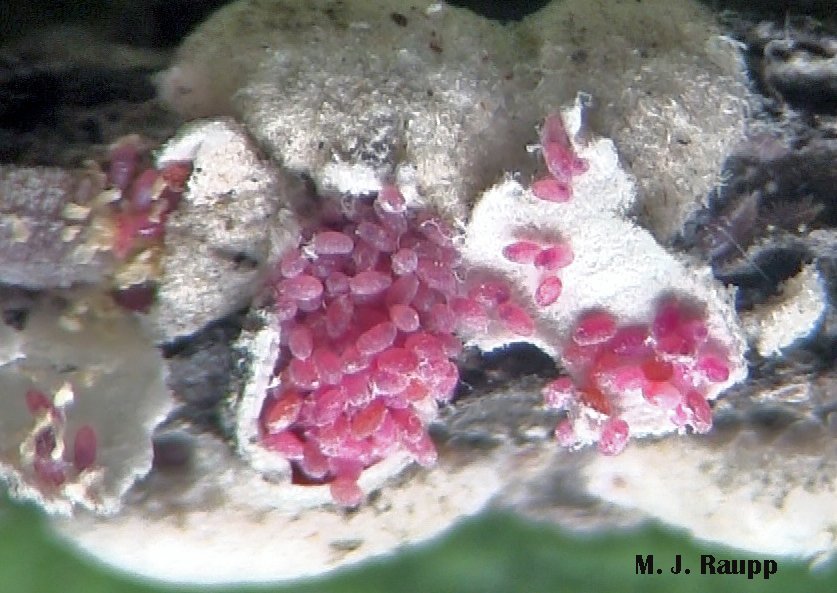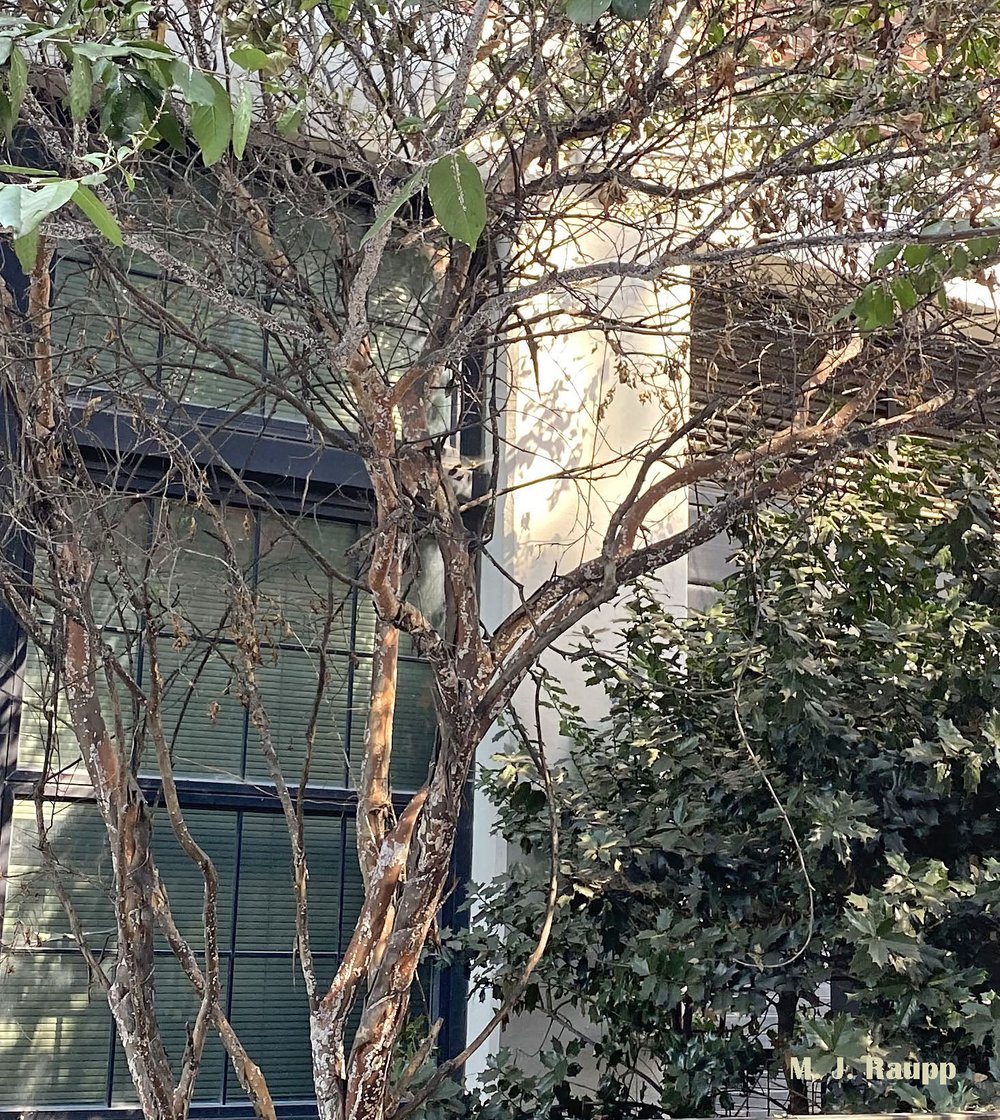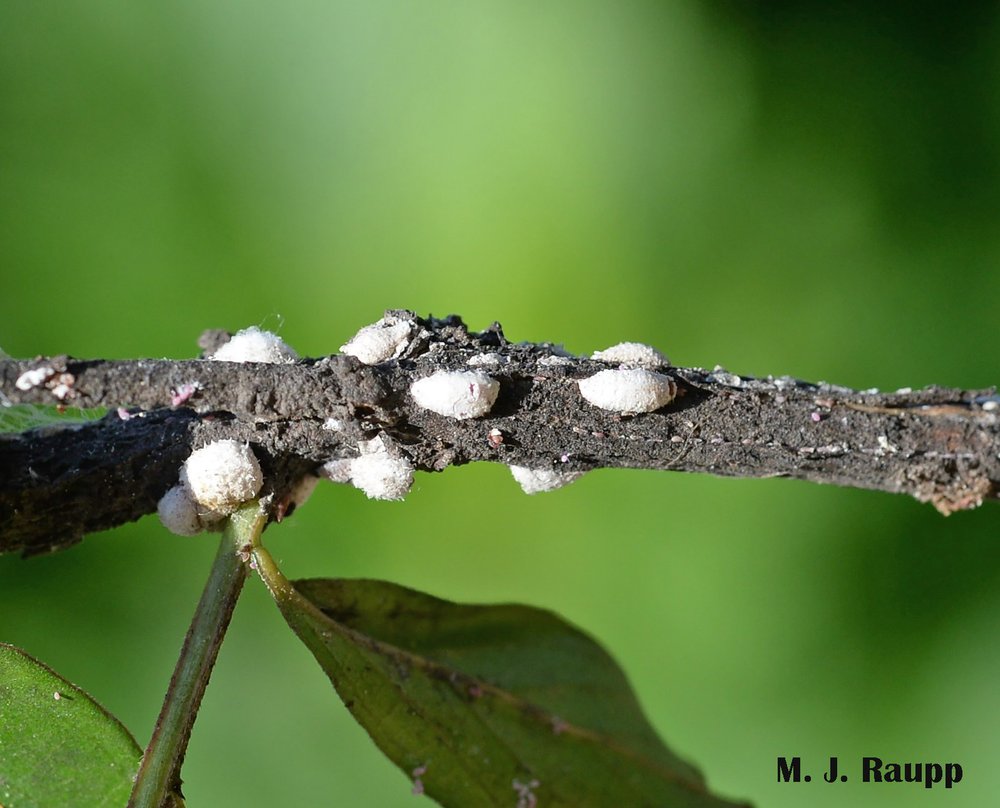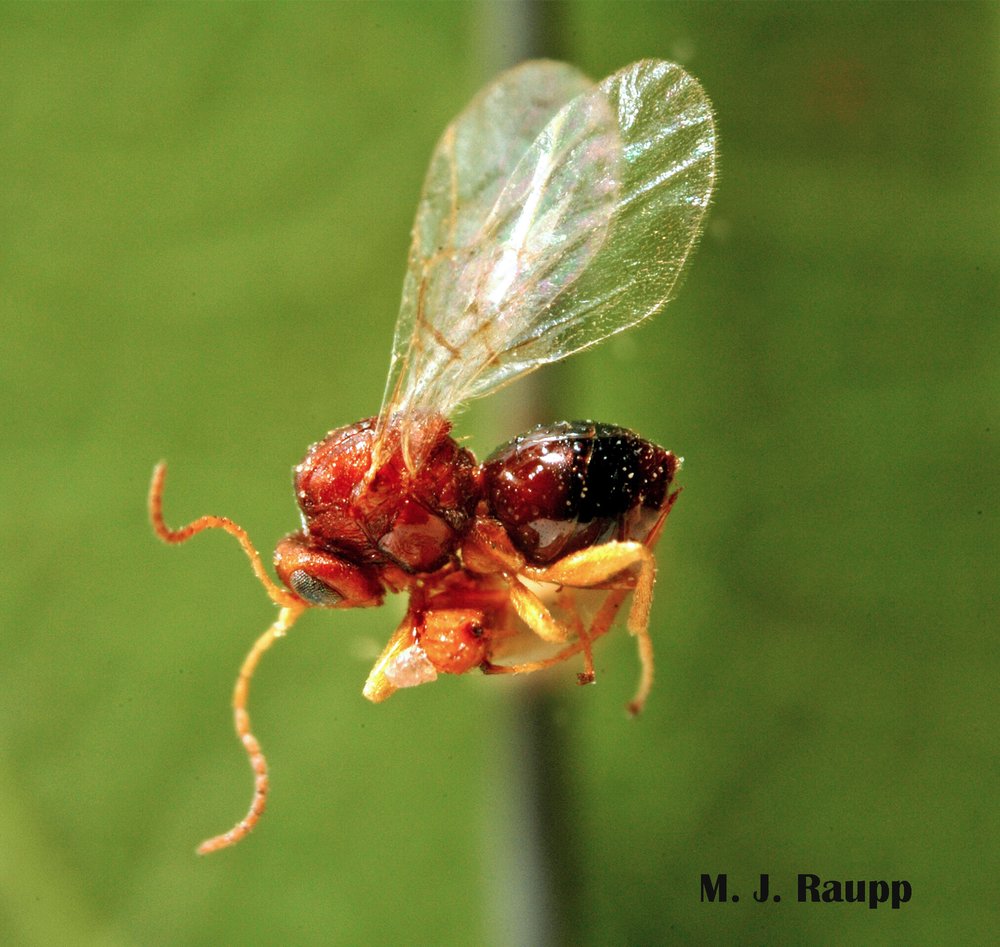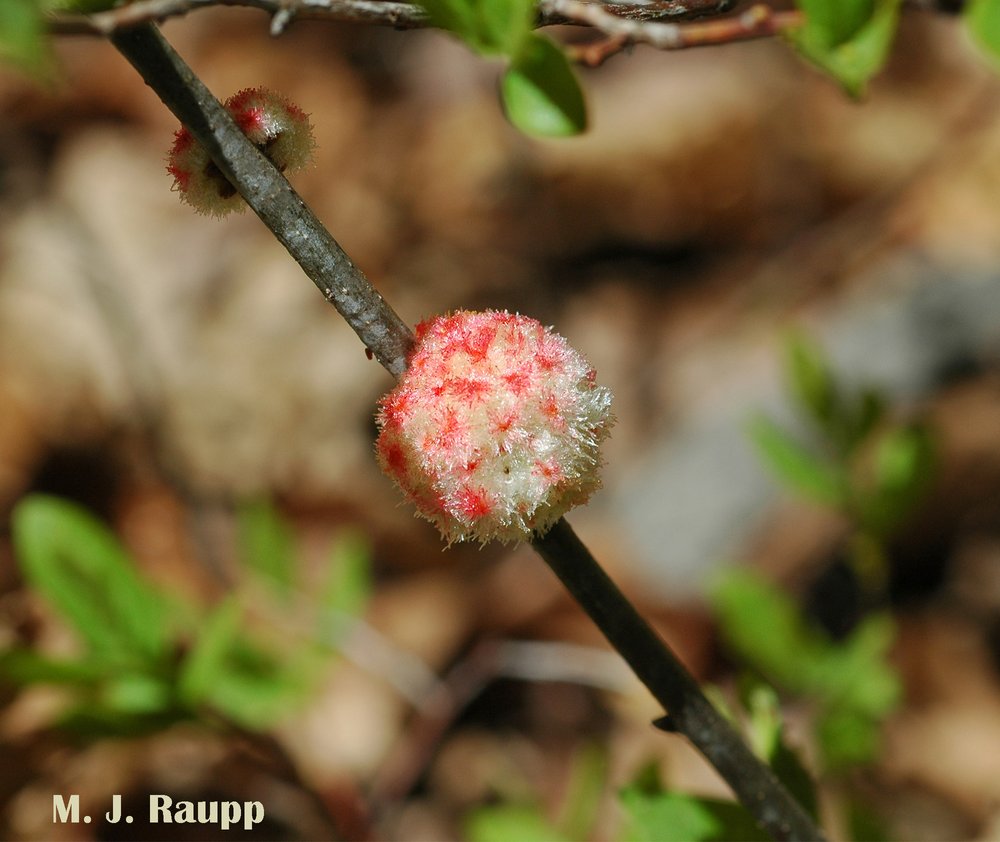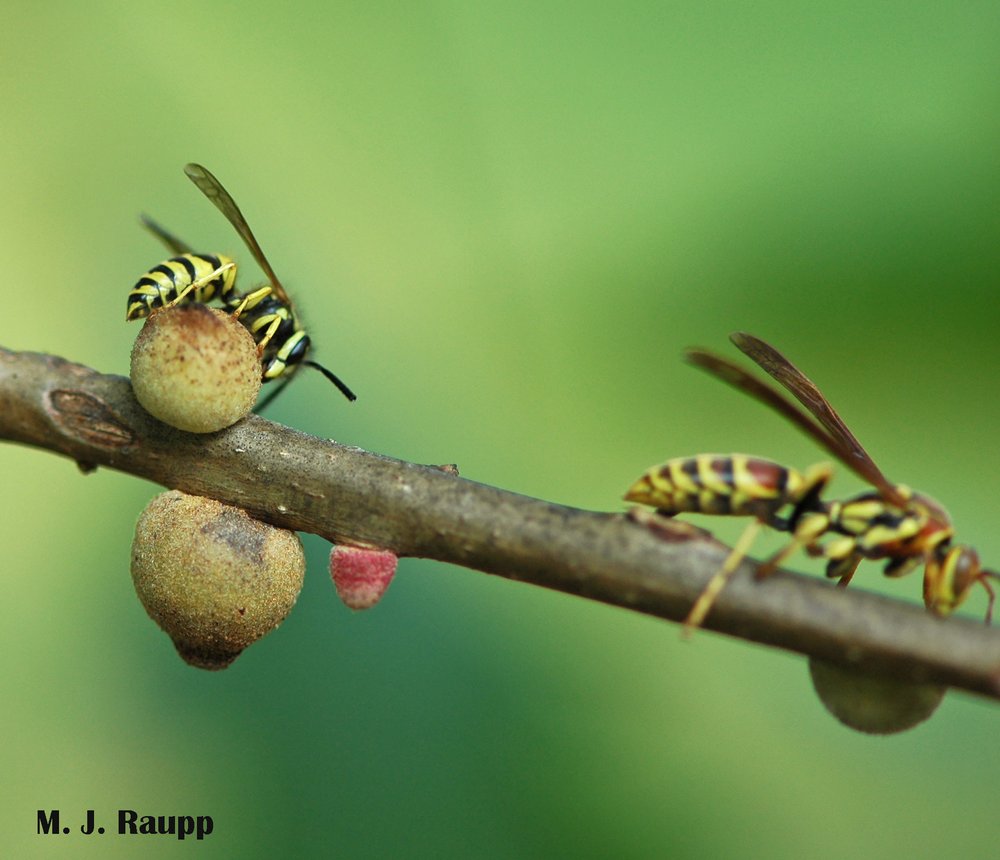Royal wanderers settle into a far-away home: Monarch butterflies, Danaus plexippus
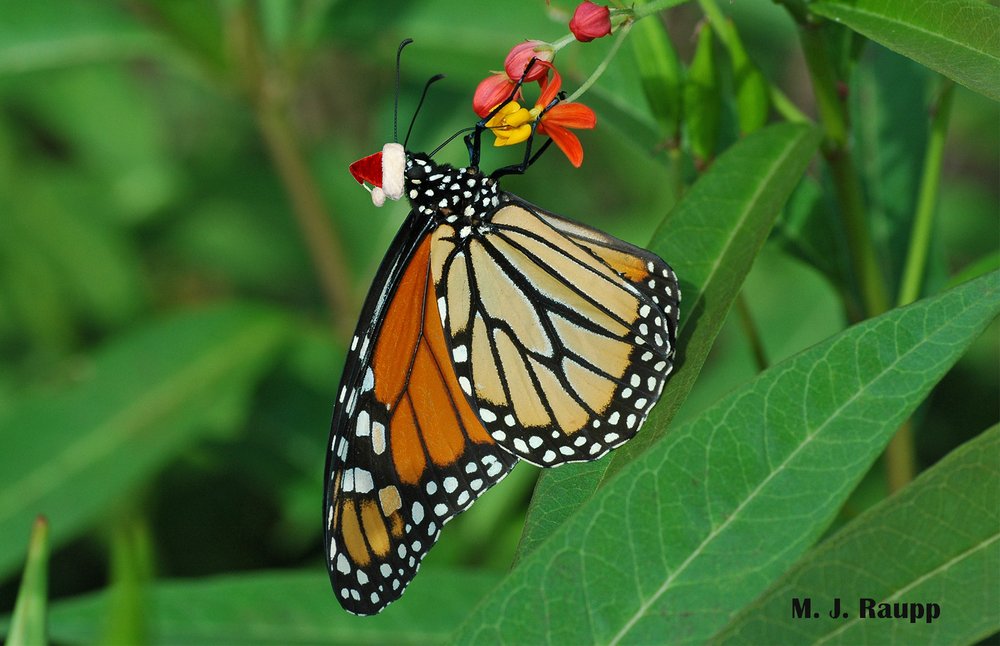
On behalf of Bug of the Week, monarch butterflies wish you a Happy Holiday Season and Joyous New Year.
Last week we met two visitors to the Hawaiian Islands who put down roots and stayed, the pretty but sometimes invasive bamboo orchid and an unidentified orchid-attending ant. This week we return to Hawai’i to meet a long-distance wanderer that recently made these islands their home, the beautiful monarch butterfly. In previous episodes we learned of the struggles of eastern and western populations of our migratory North American monarchs imperiled by habitat loss, climate change, disease, and pesticides. Ah, but on several of the Hawaiian Islands these regal travelers appear to be doing just fine. With the introduction and establishment of tropical milkweed, Asclepias curassavica, to the islands sometime in the mid-1800’s, it was not long before monarchs arrived on Hawai’i. Scientists pinpoint the arrival sometime between 1841 and 1852. By the 1960’s, monarchs had successfully colonized Kauai, Oahu, Molokai, Maui, Lanai, and Hawaii.
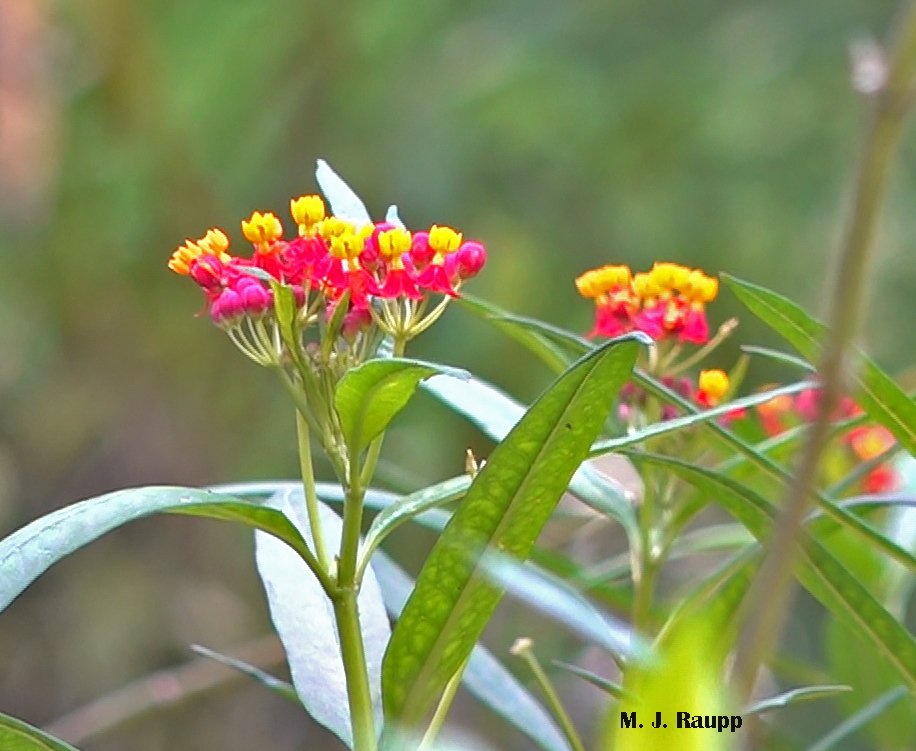
Beautiful milkweeds provide nutritious sources of food for caterpillars and monarch butterflies.
How did these remarkable voyagers arrive on the most isolated of all land masses on Earth? Most of us are familiar with the annual long-distance migrations of eastern monarchs from their summer breeding grounds in Canada to their over-wintering refuges in the Oyamel fir forests of Mexico, a trip spanning some 2,500 miles. Less well known is the fact that monarch butterflies have colonized several oceanic islands and with some regularity have been seen as far away as England, having crossed the Atlantic Ocean from North America. Owing to their ancient wanderer-gene and abetted by some good fortune, monarchs colonized distant parts of our planet, including the islands of Hawaii. On trips to Oahu and Hawai’i I was amazed to see legions of monarchs on milkweeds in parking lots and landscape plantings as they fluttered about tropical milkweed and another introduced member of the milkweed clan, crown flower, Calotropis gigantea. Hawai’i’s monarchs are no longer migratory and with a benign climate with ample milkweed hosts for caterpillars, they appear to be thriving for the most part.
In the Hawai’i Tropical Bioreserve and Garden, eggs laid on milkweeds by female monarchs hatch and young, pooping caterpillars become leaf-eating machines before forming a gorgeous chrysalis. From the surrounding landscape, males arrive in the milkweed garden to sip nectar and find mates. Called by some “the wanderer”, marvelous monarch butterflies and their milkweed hosts reached the Hawaiian Islands more than 150 years ago.
One curious twist on the evolutionary journey of monarchs on these islands involves a relatively rare mutant monarch that retains the standard black coloration along wing veins but the brilliant orange coloration of wing scales is replaced by white. These mutants, a.k.a. white morphs, are found only on Oahu and none of the other islands. However, with the introduction and escape of two species of insect-eating bulbul songbirds, Pycnonotus jacosus and Pycnonotus cafer, in the 1960s, frequencies of the white morphs increased from historical levels as white butterflies seemingly escaped some bird predation. As monarchs thrive on Oahu and their young become more abundant, the frequency of white morphs has recently declined as bulbuls switched from selectively eating mostly orange adult butterflies to indiscriminately eating caterpillars, whose orange or white adult identity is not apparent in the larval stage, a fascinating story of behavior and evolution at work. If by some stroke of good fortune, you find yourself on the Big Island and want to visit monarchs, stop by the Hawai’i Tropical Bioreserve and Garden just north of Hilo in Papaikou. This nonprofit garden paradise highlights the rich floral biodiversity of the islands. Recent plantings of milkweeds are designed to provide opportunities for visitors to observe magnificent monarchs on their tropical island home.
Acknowledgements
We thank Dr. Dan Gruner for stimulating discussions about the ecology of Hawaiian flora and fauna and Dr. Paula Shrewsbury for images used in this episode. Several fascinating studies and publications including “Insects of Hawaii” by Elwood E. Zimmerman, “Predator induced colour polymorphism in Danaus plexippus L. (Lepidoptera: Nymphalidae) in Hawaii” by John Stimson and Mark Berman, “Decline in the frequency of the white morph of the monarch butterfly (Danaus plexippus L., Nymphalidae) on Oahu, Hawaii” by John Stimson and Maiko Kasuya, and “The genetics of monarch butterfly migration and warning colouration” by Shuai Zhan, Wei Zhang, Kristjan Niitepõld, Jeremy Hsu, Juan Fernández Haeger, Myron P. Zalucki, Sonia Altizer, Jacobus C. de Roode, Steven M. Reppert, and Marcus R. Kronforst were used in preparation of this episode. We also thank the wonderful staff of the Hawai’i Tropical Bioreserve and Garden for allowing us to record their burgeoning monarch population.
This post appeared first on Bug of the Week
